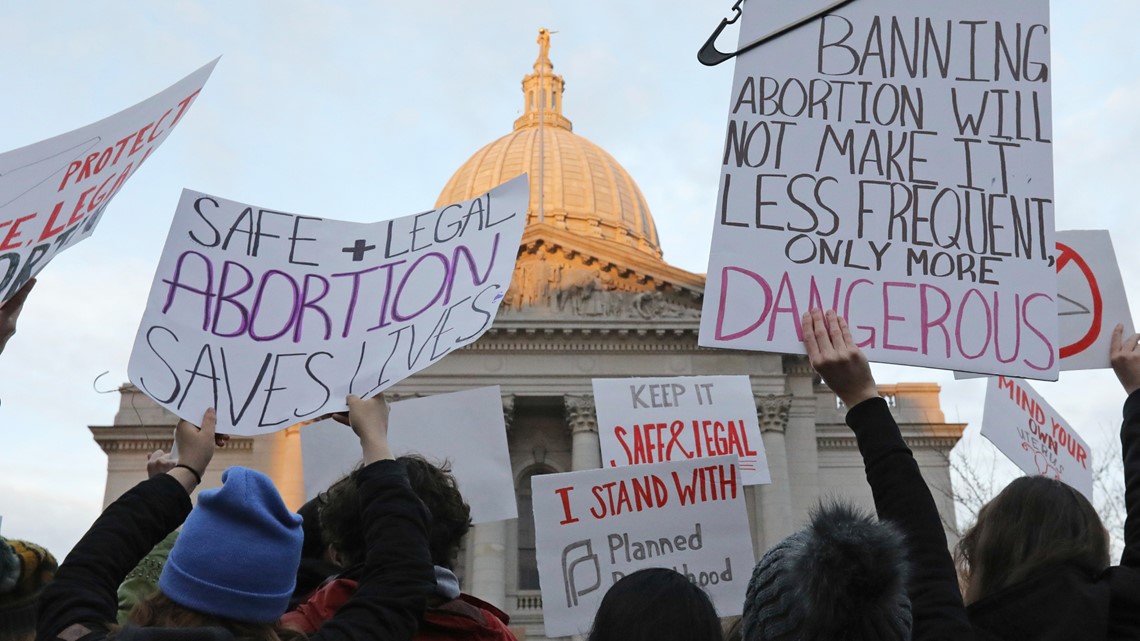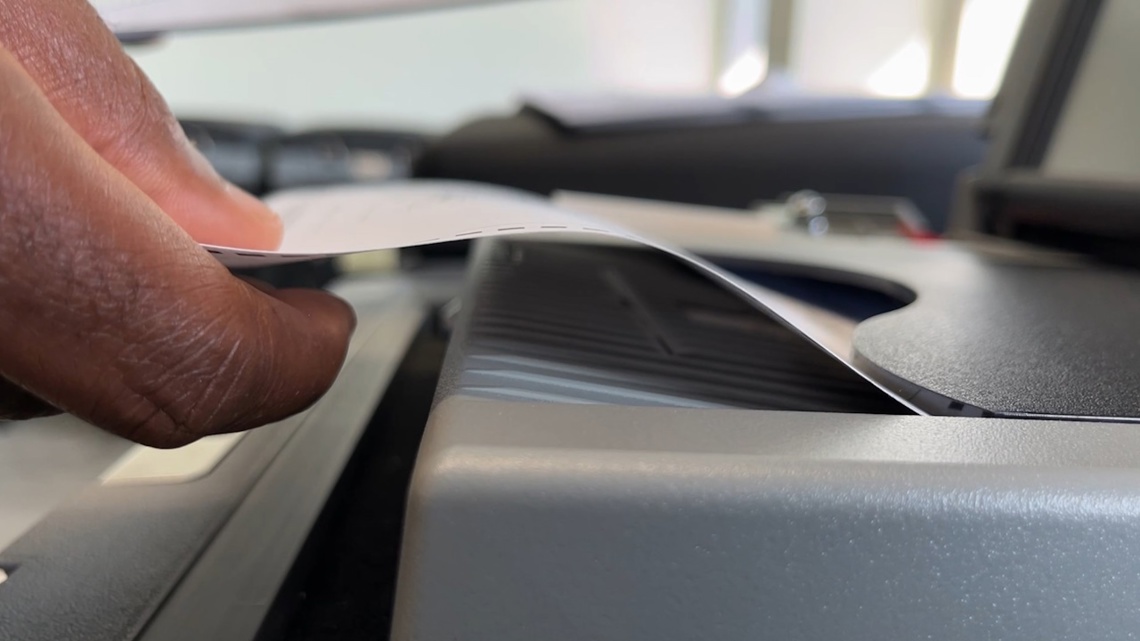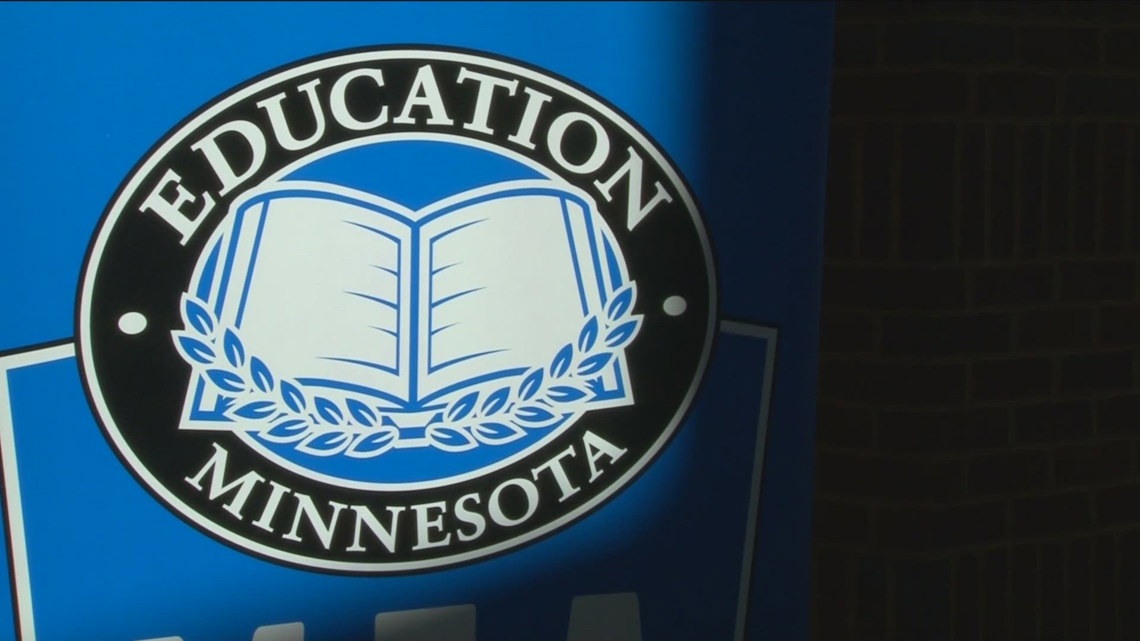Kare11
Planned Parenthood to resume abortions in Wisconsin


The resumption of abortions at clinics Monday in Milwaukee and Madison comes as the lawsuit challenging the state law continues in county court.
MADISON, Wis. — Planned Parenthood announced Thursday that it will resume offering abortions in Wisconsin next week after a judge ruled that an 1849 law that seemingly banned the procedure actually didn’t apply to abortions.
The resumption of abortions Monday at clinics in Milwaukee and Madison comes as the lawsuit challenging the state law continues in county court. It is expected to eventually reach the Wisconsin Supreme Court, which flipped to liberal control on Aug. 1.
Abortion clinics across the state stopped offering abortions following the U.S. Supreme Court’s ruling overturning Roe v. Wade in June 2022.
Democrats in Wisconsin, including Gov. Tony Evers, used abortion access as a central focus of their reelection victories in 2022. State Supreme Court Justice Janet Protasiewicz, whose win in April gave liberals the majority for the first time in 15 years, ran as a supporter of abortion rights.
Evers hailed the decision.
“This is critically important news for Wisconsin women and patients across our state who, for a year now, have been unable to access the healthcare they need when and where they need it,” he said in a statement.
Julaine Appling, president of the anti-abortion group Wisconsin Family Action, called the move “audacious” and said the state ban remains in effect.
“No court has ruled that it is not enforceable,” Appling said. “It is still illegal in most instances for anyone to do an abortion in Wisconsin. So what the governor and Planned Parenthood are doing is promoting an illegal activity. Unfortunately, this illegal activity is life-taking because it’s the intentional killing of an unborn child.”
Democratic Attorney General Josh Kaul filed a lawsuit in Dane County days after Roe v. Wade was overturned, seeking to repeal the ban.
Kaul argues that the ban is too old to enforce and that a 1985 law that permits abortions before a fetus can survive outside the womb supersedes the ban. Three doctors later joined the lawsuit as plaintiffs, saying they fear being prosecuted for performing abortions.
Dane County Circuit Judge Diane Schlipper ruled in June that Wisconsin’s 173-year-old abortion ban outlaws killing fetuses but doesn’t apply to consensual medical abortions. Her ruling, a victory for those fighting the ban, said that the legal language in the 1849 law doesn’t use the term “abortion” so it only prohibits attacking a woman in an attempt to kill her unborn child.
“With the recent confirmation from the Court that there is not an enforceable abortion ban in Wisconsin, our staff can now provide the full scope of sexual and reproductive health care to anyone in Wisconsin who needs it, no matter what,” Tanya Atkinson, president of Planned Parenthood of Wisconsin, said in a statement Thursday.
Wisconsin Democratic Senate Minority Leader Melissa Agard echoed comments of other Democrats who praised the decision, but said “we have an awful lot of work to do here in Wisconsin to ensure that a woman’s right to choose is protected and codified in perpetuity.”
Watch the latest local news from the Twin Cities and across Minnesota in our YouTube playlist:
Kare11
Tests underway to ensure accurate ballot count in Minnesota


Elections officials across the state are wrapping up mandatory testing of ballot tabulator machines.
BLAINE, Minn. — The third floor of this town’s city hall is off limits to the public, except when it comes to showing constituents the vote counting equipment is working.
Blaine City Clerk Cathy Sorensen Thursday hosted the public accuracy test for her city’s vote-counting machinery and invited news cameras to come along for the ride.
“The public accuracy test is a great way for anyone from the public to come in and just see for themselves that the machines are working how they are supposed to work,” Sorensen told KARE.
It’s more than just a show-and-tell event. The public accuracy test is part of state law. Every vote tabulating machine in the state has to be tested before each election, and those tests must be open to the public.
Sorensen’s staff had already tested all 32 of their vote scanners before Thursday but re-tested three of them to show the media how the process works. The exercise serves the dual purpose of ensuring accuracy and building public confidence in the integrity of the election system.
Minnesota Secretary of State Steve Simon, who accompanied Sorensen for the accuracy test, said any machine that fails the exam can’t be used on Election Day.
“They try to trick the elections equipment, to make sure it’s up to snuff for Election Day,” Simon explained.
“They’ll do things like put stray marks on it, they’ll crease it or fold it, they’ll overvote or undervote, or do things they’re not supposed to do, all to try to trick the machine to see if it catches it.”
One of the ballots rejected by a tabulator in Blaine’s test had part of its unique location code scribbled over with ink. That code is designed to ensure the ballot came from the correct precinct.
“It’s a way to make sure that somebody doesn’t bring in a ballot, on their own on Election Day from home,” Sorensen explained.
“So, those ballots are printed and those sequence marks are unique for that precinct. It would be very difficult for somebody to know that code. The sample ballots you can print don’t have real codes on them.”
Under normal circumstances, the media can’t get anywhere close to the third floor where the tabulator machines are stored. It takes a special badge to get on the floor, and there’s a series of locks that can’t be opened with a master key.
It’s even tougher to access the secret location where absentee ballots are stored waiting to be counted.
“Even getting into the actual election cage there’s an old school padlock that only election officials have, and again it’s just one more layer to make sure we have that chain of custody and that confidence no one was able to access without one of us,” Sorensen said.
The machines themselves are also protected from online tampering.
“We have a rule in Minnesota; no connection to the Internet during voting hours, 7:00 a.m. to 8:00 p.m,” Simon said.
“We have these public accuracy tests on the front end, and then remember on the back end we have good old-fashioned paper. We’re a paper ballot state. We don’t touch finger on a screen, we actually vote the old-fashioned way.”
Simon said those ballots are stored for two years and can be used to settle any challenges to the machine count.
Kare11
Nearly all of MN is abnormally dry


“Could be a dry September to dry October, back to back,” Brennan Dettmann, a meteorologist at NWS Twin Cities, said.
CHANHASSEN, Minn. — Rain has been more than difficult to come by recently – it’s been almost nonexistent.
The National Weather Service Twin Cities reports that it has measured barely a trace of precipitation, marking another stretch of dry weather.
“Could be a dry September to dry October, back to back,” Brennan Dettmann, a meteorologist at NWS Twin Cities, said.
“There’s been periods of normalcy, but certainly has been a lot of record-setting conditions that we’ve seen this past year,” he continued.
This past year has seen many records added or broken. December to February was the warmest winter on record. March to May was the 10th warmest spring.
Last month was both the warmest and driest September ever in Minnesota.
Those trends also include a shift from the heavy rains we saw over the summer to dry conditions right now.
“We’re not alone in Minnesota and Wisconsin, but certainly, yeah, it has been a quick uptick from what it’s been from the spring and early part of the summer,” he said.
The U.S. Drought Monitor shows 97% of Minnesota under abnormally dry conditions.
That’s why NWS Twin Cities issued a red flag warning for nearly all of Minnesota Thursday.
“With the drought, you know, there hasn’t been any precipitation in a while, things are just generally dry,” Dettmann said. “So you get something to spark, it can very quickly spread with the aid of those gusty winds pushing in, you know, any fires that form. So that’s the main reason for having the red flag warning.”
If you’re looking for relief, don’t count on it coming anytime soon.
“Expecting it to stay dry into the end of October,” Dettmann said.
With little precipitation coming soon, expect to see these reminders of fire danger continue – whether there’s a warning or not.
“You’ll likely see that continue into the end of October and November, as long as there’s no major precipitation that falls during that time frame,” Dettmann said.
Kare11
This years MEA conference focuses on students mental health


According to the CDC, 40% of students experience sadness and hopelessness on a regular basis.
ST PAUL, Minn. — At this year’s Minnesota Educators’ Academy (MEA), the main focus was how to better students’ mental health. MEA is the largest development opportunity for educators in Minnesota, and gives teachers the opportunity to learn ways to improve in the classroom and handle the forever-changing needs of students.
“We need more counselors, we need more social workers, school psychologists, school nurses, people who really know their stuff,” said Education Minnesota President Denise Specht. “There are some schools that only have a counselor one day a week. We simply need more teams to address the needs.”
Specht also said having smaller class sizes would help teachers build stronger relationships with their students, potentially bettering their mental health.
According to the CDC, 40% of students experience sadness and hopelessness on a regular basis. Student teacher Caitlin Efta feels social media is playing a large part.
“There’s a lot of bullying and other things that happen online, and a lot of kids are just falling victim to that,” Efta said.
Minnesota’s 2024 teacher of the year Tracy Byrd says to improve students mental health, we need to take the stress off of them.
“Just by letting them know, relax, you are enough, you are okay,” Byrd said. “Don’t put too much pressure on this one assignment or this one test or this one book.”




GIPHY App Key not set. Please check settings